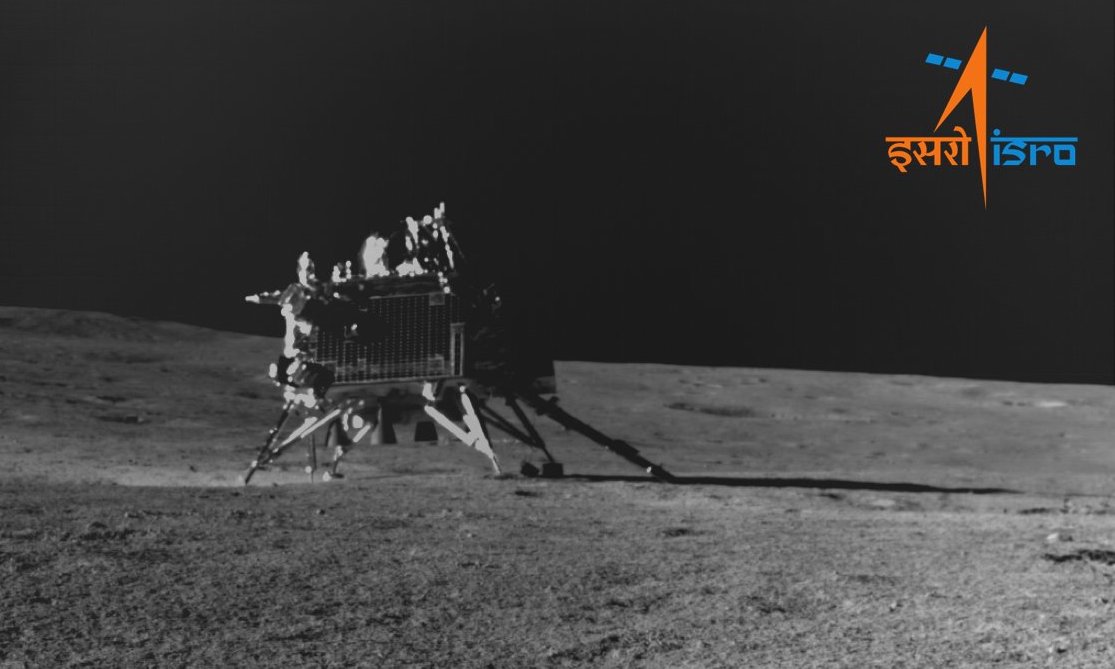
With the Sun now in view at their landing site, ISRO has yet to hear back from Chandrayaan-3’s lunar lander and rover. While ISRO will continues to ping the spacecraft, time is running out before another lunar night arrives.
Chandrayaan-3 out of darkness but silent
Chandrayaan-3’s Vikram lander and Pragyan rover have been on the surface of the Moon for about a month. ISRO had about two weeks of time to explore its landing site near the Lunar South Pole. The lander was even able to performa second short hop before redeploying its science instruments.
On September 4 ISRO placed Vikram and Pragyan into sleep mode in hope that they would last the two week long lunar night. While the chances were low of them reawakening, the spacecrafts were designed to reestablish communication with Earth once the Sun rose. That so far has not happened.
ISRO hoped that when the Sun rose over Vikram and Pragyan that their batteries would be charged and they would reconnect with Earth. However, this was not the primary mission for the lander and rover. The two where never designed to withstand the lunar night so the chance of them surviving was already low.
Lunar night is an extremely harsh environment that not every spacecraft can survive. Even with fully charged batteries, two weeks of no sunlight will drain any non-nuclear power system. The Moon gets as low as -200 degrees Fahrenheit during night, to keep system safe from low temps they need heaters to keep systems from freezing. Since this wasn’t Vikram and Pragyan’s primary mission, they didn’t have any of these.
ISRO will continue to ping the lander until night falls again before ending the mission.
Join our Discord Server: Join the community with forums and chatrooms about space!
A short lived historic but important moment
Even if this is the end of Vikram and Pragyan’s mission, Chrandrayaan-3 is still a huge success for India and lunar exploration. Not only was this the first lunar landing by India but it was the first from any nation to land at the South Pole – the future home of US and Chinese lunar bases.
The science collected by Vikram’s instruments will be highly valued as we continue to learn more about our closest celestial neighbor.
FTC: We use income earning auto affiliate links. More.




Comments